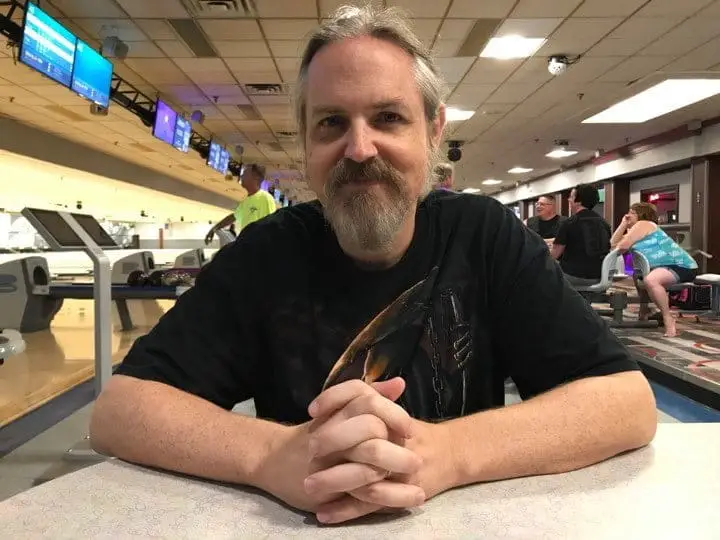WIHM: World Building on a Road To Hell

As an editor for Dark Helix Press, when submissions roll in, the stories can be from anywhere in the world. We publish speculative fiction, which includes horror, fantasy and science fiction. We’re a pretty open to anything. No matter what genre of story, one thing we work on a lot with a writer is world building. The term “world building” is often applied to stories which have complicated rules and magical elements. However, it is actually something built into every story because the reader needs to be transported into a world which the writer has built.
If you google “world building” you will find tons of articles on how to write from your character’s perspective or planning a magic system. I thought for this article I would use a realistic example to illustrate the concept of world building which I spoke about at a writing seminar in 2017.
Death is the perhaps the most certain and true horror all of us will experience. In the last few years a wave of deaths hit my family. Out of many things I learned from dying was how to world build because some of these deaths were not revealed to my 102 year old grandmother for fear she would die of shock. She might come back as a ghost one day and really give it to us, but until then, the road to hell is paved with good intentions!

Here are some questions and examples which can help a writer reflect on to help connect the reader to the world a writer has created.
Is the situation believable?
In Asian cultures, it is a norm to not let the elderly people in on bad news. The fact that I’m stuck in this situation is very believable. In a horror story, if someone is entering a haunted house, why would they do this? Most rational people would not do something unless there is a reason or motive for doing so. Although a story is fictional, there has to be elements of truth in it which will help the reader immerse themselves into the story.
What is the setting?
The world I am building for my grandmother is in the present, everyone dead is still alive but busy or sick which explains why they can’t see her in person. In a story, the world could be in the past, present or future. If it’s in the past, people could be living in log cabins without water. In the future, a smart home computer could be a character. No long description is required, subtle details of what the character is doing will allow the reader to reach their own conclusion on where the setting is.
What is the normal day to day like?
Grandma is a smart cookie and asks a lot of details about how people are living from day to day. I try to talk vaguely about what the dead are doing and sometimes make up problems they could be facing (eg. shoveling snow was hard on their backs). She sometimes calls up my siblings to confirm stories which makes this extra challenging. In a story, the characters are usually caught in a situation which differs from their normal life. Some details about their normal day will explain why they act a certain way. A cop confronting a monster will most likely know how to use a weapon versus a teenager who works in a fast food restaurant. People kidnapped may think about their family and what they are doing at the same moment. These little things will give some perspective to the reader and help them understand the character more and why they behave a certain way. Most people identify with people that they have empathy with and can understand.
Are there any conflicts that can break the world?
There is a lot of turmoil within the family as some are tired of world building and others insist on keeping up the facade. For one of the deaths, one member of the family told grandma and she was shattered. World building is very fragile and one little thing can break it. If a character in the story sprained their arm earlier in the story but towards the end was able to pick up a heavy chainsaw and hack a monster, there is a huge inconsistency here. Bad science is another thing to watch out for and a writer should always do their research. If a story talks about a character having Alzheimer’s diagnosed with an ECG versus MRI, PET or CT, this is very farfetched as ECG cannot confirm Alzheimer’s. A reader may or may not look into such details, but it is important to keep everything as cohesive as possible to maintain the world for the duration of the reader’s time with the story.
I hope that by sharing these examples you can draw some ideas on how to make the worlds you create richer for your readers. Writing fiction is a lot more work than most people realize and there are many things to think about when creating a robust world. We are always learning and creating here at Dark Helix Press, drop us a line if you have any questions!
JF Garrard
JF is the founder of Dark Helix Press, Marketing Strategist for Ricepaper Magazine and Assistant Editor for Amazing Stories Magazine. She is an editor and writer of speculative fiction (Trump: Utopia or Dystopia, The Undead Sorceress), non-fiction (The Literary Elephant), as well as children’s books (Feeding The Kraken!, 3x Bilingual Series). Her contributions have been published in Entrepreneur, Monster.com, Women’s Health, Cosmopolitan, MochiMag, My Corporation, Indie Pubchat, Authors Helping Authors, among others. Find her on Twitter or Instagram @jfgarrard and visit Dark Helix Press at www.darkhelixpress.com
- About the Author
- Latest Posts
Stuart Conover is a father, husband, published author, blogger, geek, entrepreneur, horror fanatic, and runs a few websites including Horror Tree!












